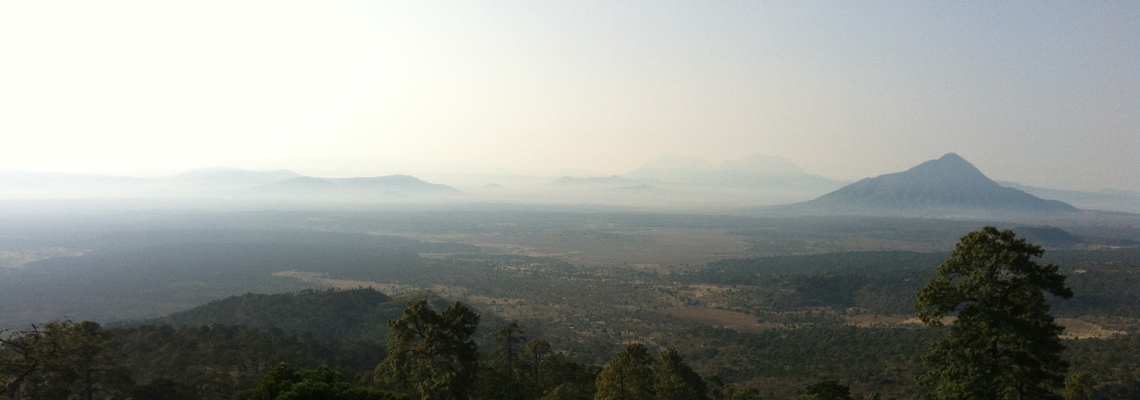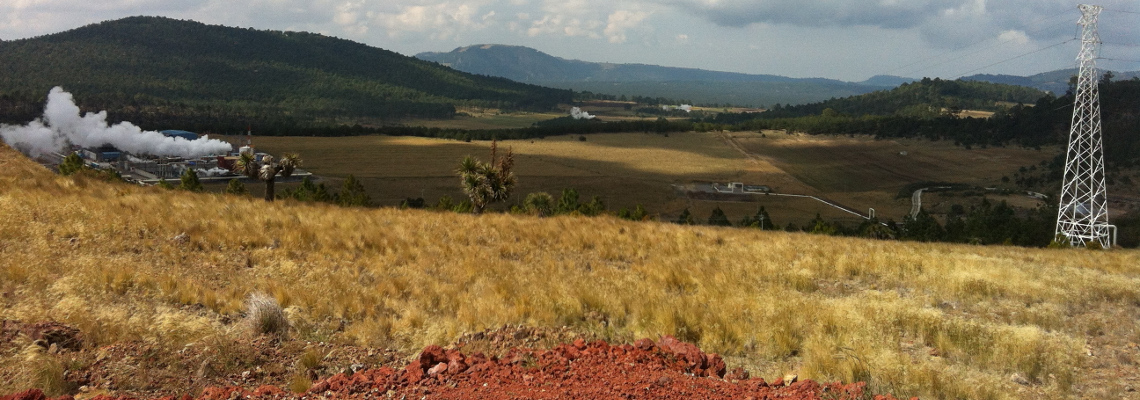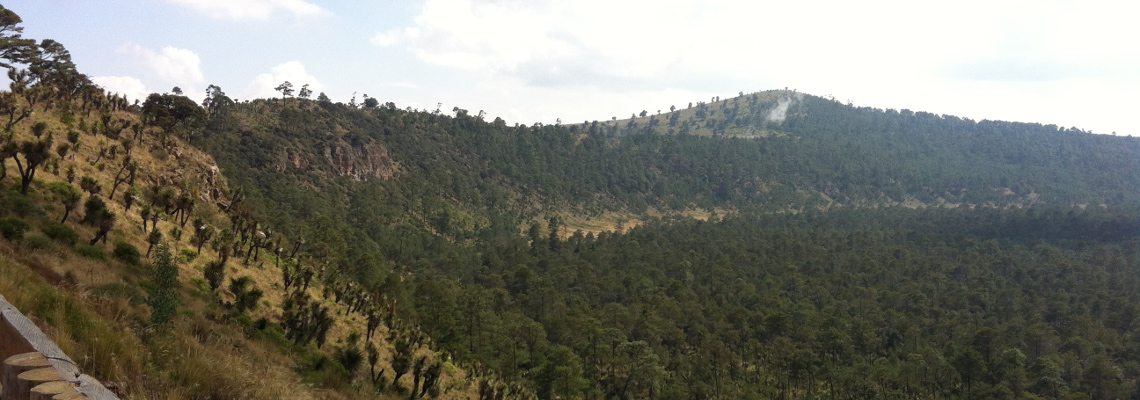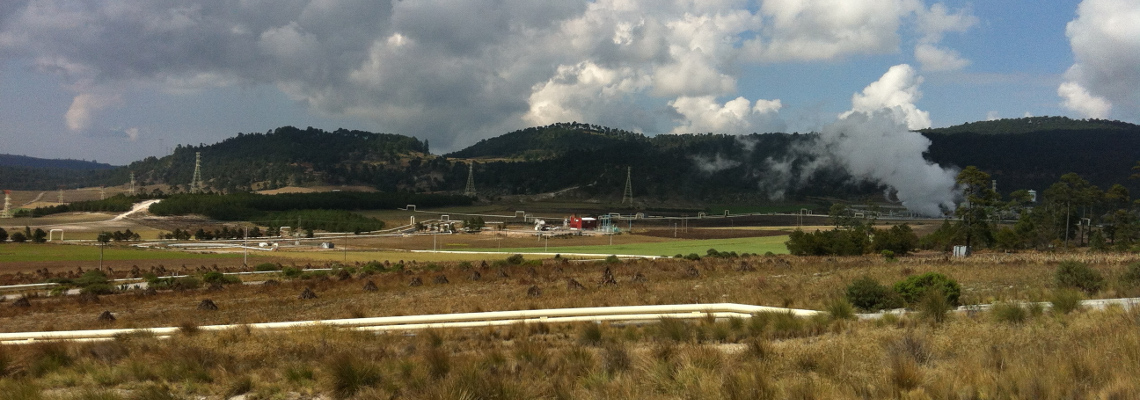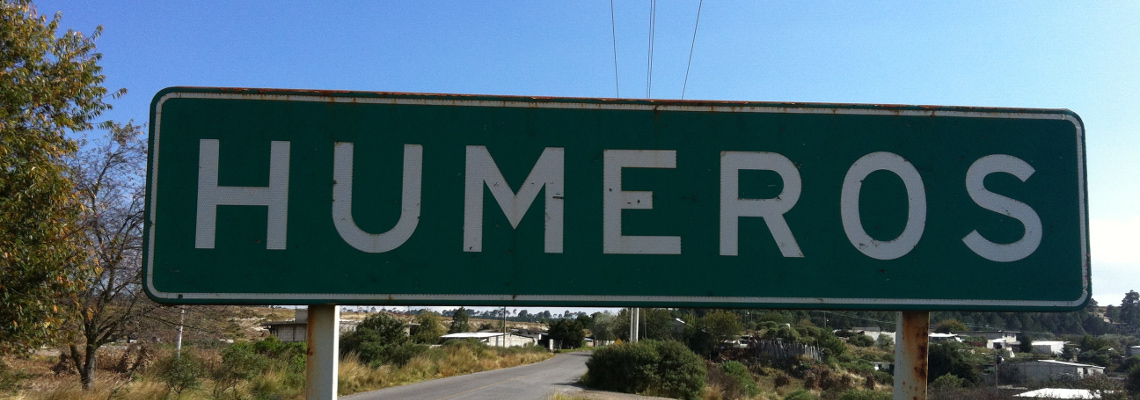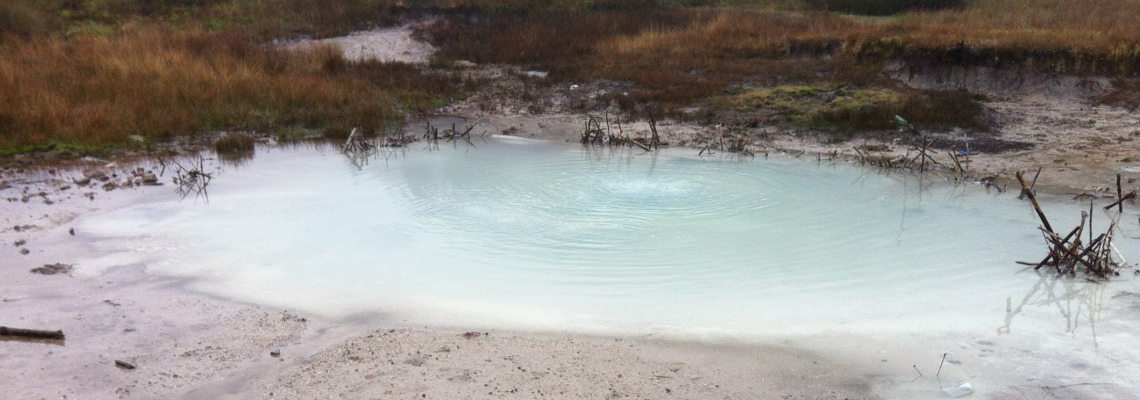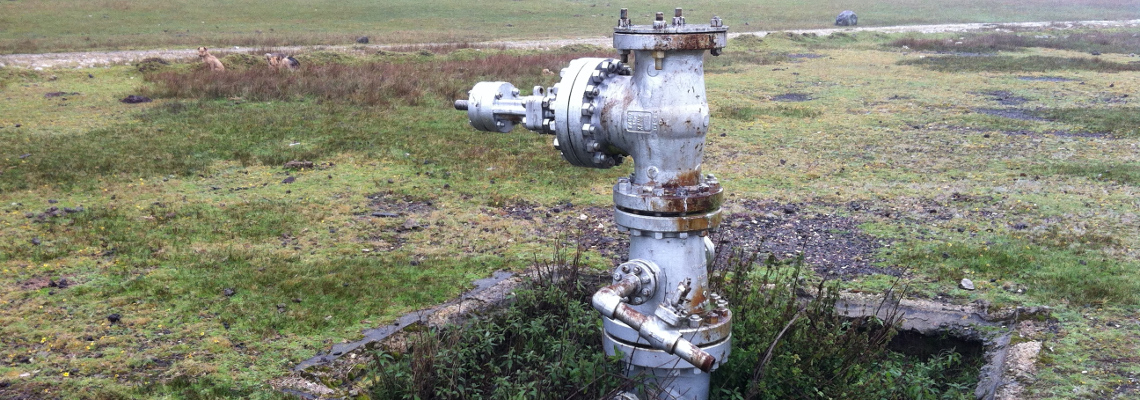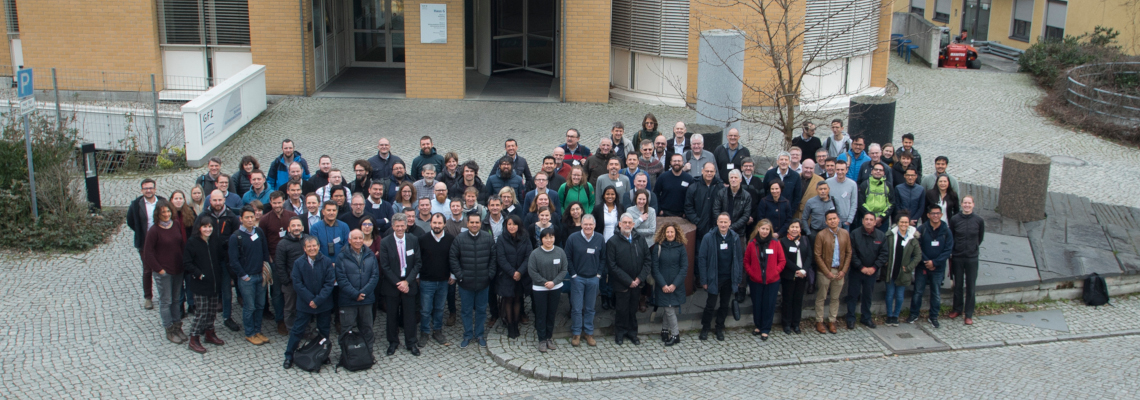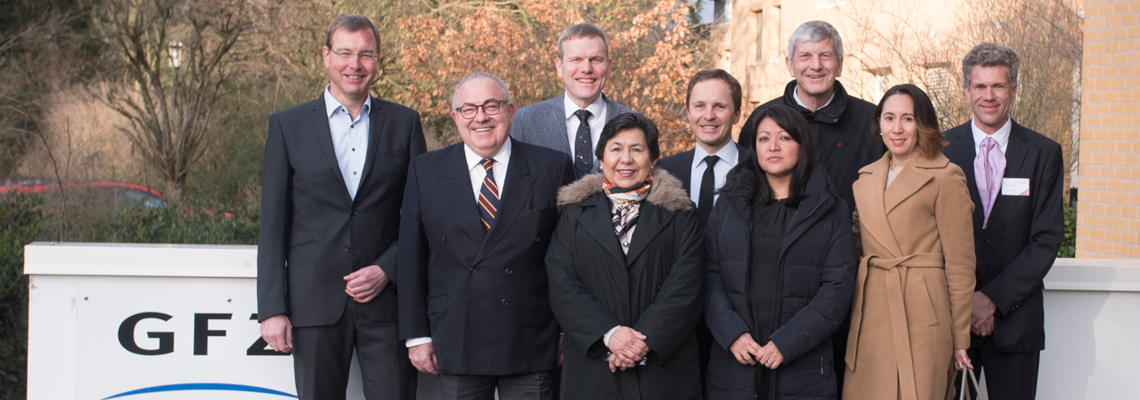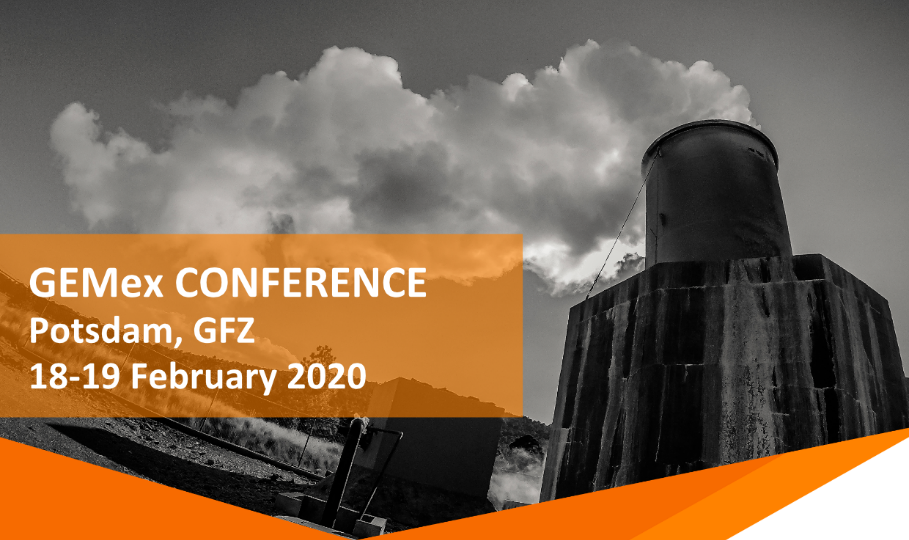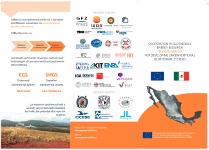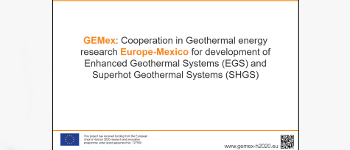E-news #1:
Characterising the influence of pre-existing structures on caldera evolution by analogue modelling
Marco Bonini, Giacomo Corti, Daniele Maestrelli, Domenico Montanari, Giovanna MorattiGEMex researchers investigate the interplay between tectonics and magmatic processes in shaping volcanic edifices, focusing on specific volcano-tectonic issues that may be relevant for the exploration of the Los Humeros geothermal field. This study is been carried out through analogue modelling, which is an experimental technique that allows to study geological processes in the laboratory by analysing scaled physical models, built and deformed at reduced geometrical and temporal scales. Given the structural setting of the study area, scientists initially focused their activity on the collapse of calderas and volcanic edifices, and the associated surface and subsurface deformation pattern. Based on GEMex geologists’ observations that the pre-volcanic basement is affected by regional NE-ENE and NW trending fault systems, the researchers developed a series of analogue models exploring the role of pre-existing structures on caldera collapse.
The analogue models have shown that pre-existing discontinuities could strongly control caldera evolution. Various combinations among one or two fault-controlled straight sides in the magma chamber and discontinuities in the overlying brittle overburden have been considered in the modelling. The resulting structural patterns are complicated and differ significantly from a ‘standard’ evolutionary model of collapse over a symmetric (i.e., circular) reservoir. For example, a vertical discontinuity in the overburden forces the caldera to develop a straight side (Figure). This is similar to what is observed in several calderas worldwide including in Los Humeros. Deformation of models has been monitored through laser scanning and photographs, which have been used to implement PIV (Particle Image Velocimetry) analysis of model surface.


